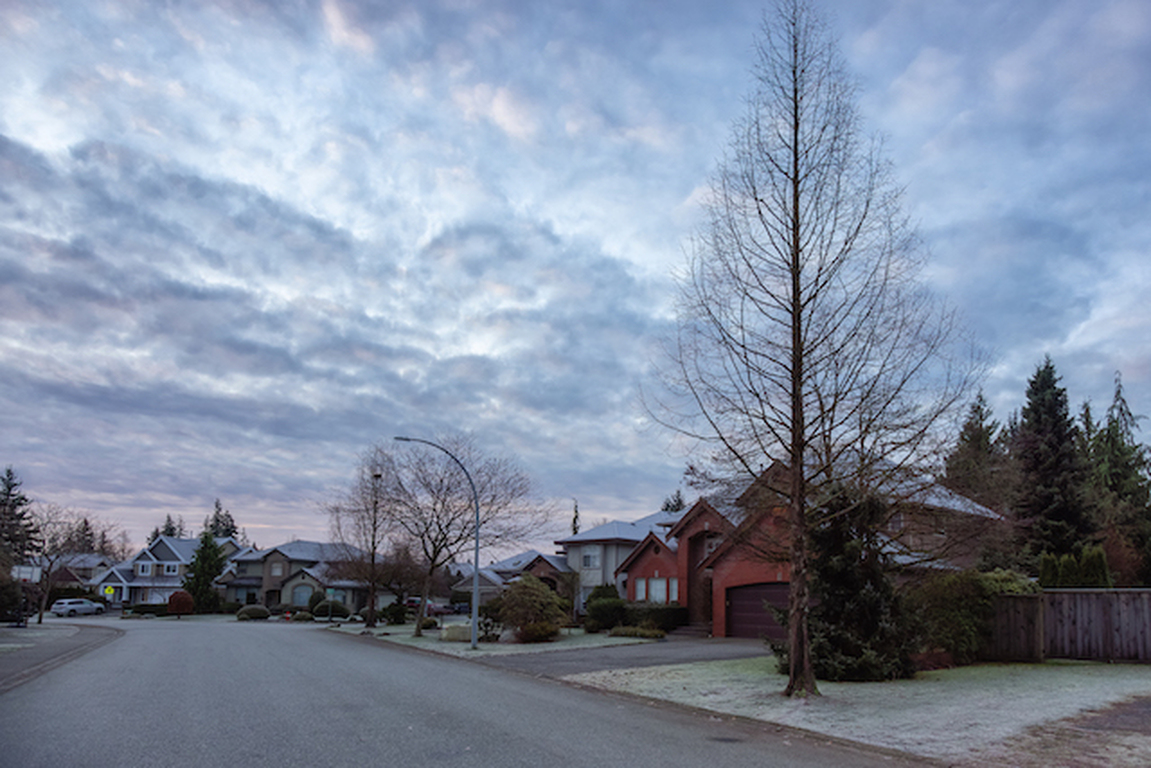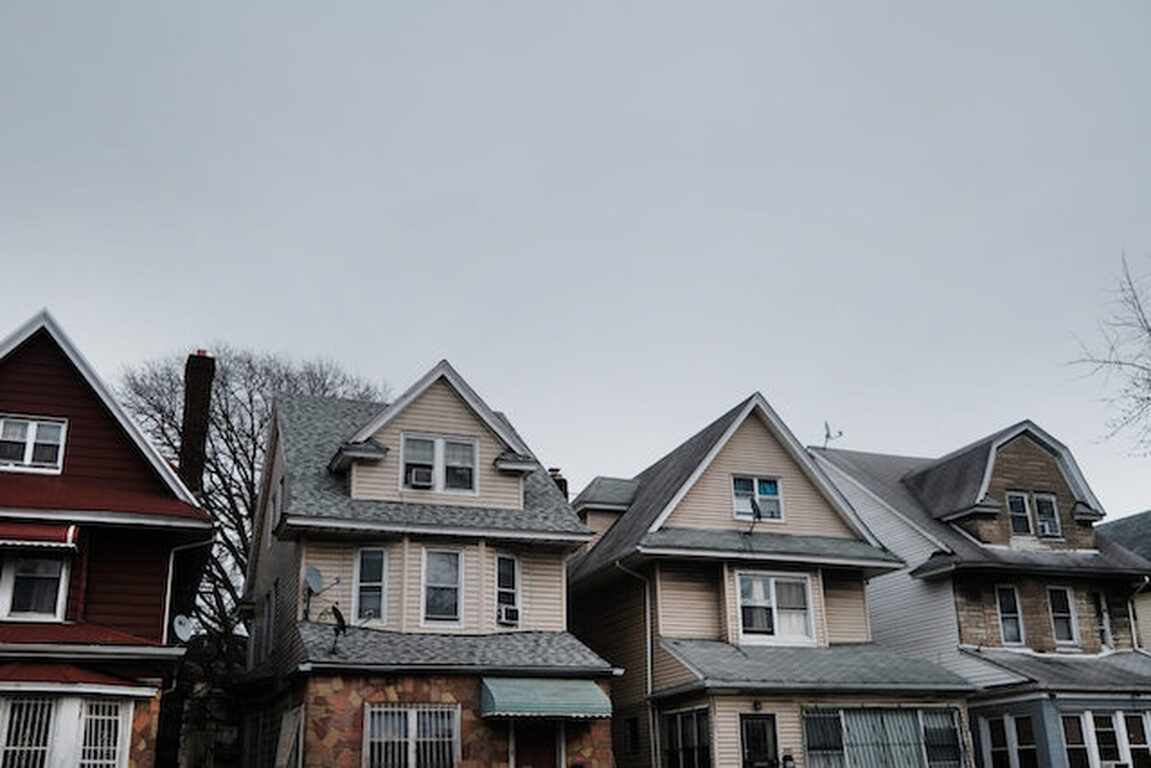Existing-Home sales rise again, fueled by climbing mortgage rates
Existing-home sales increased by 1.9 percent from October to November 2021 to a seasonally adjusted annual rate of 6.46 million, according to the National Association of Realtor’s (NAR) existing-home sales report released on Wednesday. While the increase marked three consecutive monthly increases in existing-home sales, those sales were down 2 percent from the same period one year before.
The median existing-home sales price increased significantly, by 13.9 percent from $310,800 in November 2020 to $353,900 in November 2021.
Meanwhile, inventory continued to be scarce, dropping by 13.3 percent year over year and 9.8 percent month over month to 1.1 million units, or a 2.1-month supply of homes at the current sales pace.
National Association of Realtors Chief Economist Lawrence Yun said the looming threat of rising mortgage rates was likely a big motivating factor for buyers in November.
“Determined buyers were able to land housing before mortgage rates rise further in the coming months,” Yun said in a statement. “Locking in a constant and firm mortgage payment motivated many consumers who grew weary of escalating rents over the last year.”
George Ratiu, manager of economic research for realtor.com, said that low inventory continued to hinder those potential buyers, however, even as they hoped to accelerate their search because of mortgage rates.
“The prospect of higher interest rates in 2022 is accelerating the decision for buyers in an otherwise slower season,” Ratiu said in a statement. “However, the low number of homes for sale remains the principal challenge, stumping both existing homeowners looking for their next house and first-time buyers seeking a place to call their own. There are fewer than half as many homes on the market now compared with two years ago. As we head into December’s holidays, and Americans get together for family celebrations, many sellers are likely to postpone listing their property until next year, further tightening available supply.”
Yun anticipates the 30-year fixed mortgage rate to settle around 3.7 percent by the end of 2022.
November marked the 117th consecutive month of annual increases in the median existing-home price, the longest period of straight increases on record, and a result of the lingering inventory shortage.
“Supply-chain disruptions for building new homes and labor shortages have hindered bringing more inventory to the market,” Yun said. “Therefore, housing prices continue to march higher due to the near record-low supply levels.”
Homes typically stayed on the market for the same duration in November as in October — 18 days — which was down from 21 days in November 2020. Meanwhile, 83 percent of homes stayed on the market for less than a month before being sold.
First-time homebuyers made up 26 percent of home sales in November, down from 29 percent the month before and from 32 percent the year before.
Second-homebuyers and investors made up 15 percent of home sales during November, down from 17 percent the month before and up from 14 percent in November 2020.
Twenty-four percent of sales were all-cash transactions, the same proportion as in October, and up from 20 percent the year before.
Distressed sales remained steady at less than 1 percent of all sales, equal to the month before and the year before.
The average commitment rate on a 30-year conventional, fixed-rate mortgage was 3.07 percent in November, according to Freddie Mac, which was equal to October’s average rate, and down from the average commitment rate for all of 2020, which was 3.11 percent.
Single-family home sales increased 1.6 percent from a seasonally adjusted annual rate of 5.66 million in October to 5.76 million in November, which was down 2.2 percent year over year. The median existing single-family home price was $362,600 in November, up 14.9 percent from the year before.
Meanwhile, existing condo and co-op sales were up 4.4 percent from a seasonally adjusted annual rate of 680,000 units in October to 710,000 units in November, which was equal to November 2020. The median existing condo price was up 4.4 percent year over year to $283,200.
By region
Existing-home sales saw the greatest growth in the South, where sales increased 2.9 percent from October to November to an annual rate of 2,850,000, which was up 1.1 percent year over year. The median price was up 18.4 percent year over year to $318,900.
In the West, sales increased 2.3 percent month over month to an annual rate of 1,330,000, which was down 3.6 percent from the year before. The median price was up 8.4 percent year over year to $507,200.
The Midwest saw a slight rise in existing-home sales, by 0.7 percent from October, to an annual rate of 1,520,000. That figure was down 0.7 percent year over year, however. The median price, meanwhile, rose 9.0 percent year over year to $260,100.
In the Northeast, existing-home sales remained flat month over month at an annual rate of 760,000, which was down 11.6 percent from November 2020. The median price was up 4.7 percent year over year to $372,500.
The median existing-home sales price increased significantly, by 13.9 percent from $310,800 in November 2020 to $353,900 in November 2021.
Meanwhile, inventory continued to be scarce, dropping by 13.3 percent year over year and 9.8 percent month over month to 1.1 million units, or a 2.1-month supply of homes at the current sales pace.
National Association of Realtors Chief Economist Lawrence Yun said the looming threat of rising mortgage rates was likely a big motivating factor for buyers in November.
“Determined buyers were able to land housing before mortgage rates rise further in the coming months,” Yun said in a statement. “Locking in a constant and firm mortgage payment motivated many consumers who grew weary of escalating rents over the last year.”
George Ratiu, manager of economic research for realtor.com, said that low inventory continued to hinder those potential buyers, however, even as they hoped to accelerate their search because of mortgage rates.
“The prospect of higher interest rates in 2022 is accelerating the decision for buyers in an otherwise slower season,” Ratiu said in a statement. “However, the low number of homes for sale remains the principal challenge, stumping both existing homeowners looking for their next house and first-time buyers seeking a place to call their own. There are fewer than half as many homes on the market now compared with two years ago. As we head into December’s holidays, and Americans get together for family celebrations, many sellers are likely to postpone listing their property until next year, further tightening available supply.”
Yun anticipates the 30-year fixed mortgage rate to settle around 3.7 percent by the end of 2022.
November marked the 117th consecutive month of annual increases in the median existing-home price, the longest period of straight increases on record, and a result of the lingering inventory shortage.
“Supply-chain disruptions for building new homes and labor shortages have hindered bringing more inventory to the market,” Yun said. “Therefore, housing prices continue to march higher due to the near record-low supply levels.”
Homes typically stayed on the market for the same duration in November as in October — 18 days — which was down from 21 days in November 2020. Meanwhile, 83 percent of homes stayed on the market for less than a month before being sold.
First-time homebuyers made up 26 percent of home sales in November, down from 29 percent the month before and from 32 percent the year before.
Second-homebuyers and investors made up 15 percent of home sales during November, down from 17 percent the month before and up from 14 percent in November 2020.
Twenty-four percent of sales were all-cash transactions, the same proportion as in October, and up from 20 percent the year before.
Distressed sales remained steady at less than 1 percent of all sales, equal to the month before and the year before.
The average commitment rate on a 30-year conventional, fixed-rate mortgage was 3.07 percent in November, according to Freddie Mac, which was equal to October’s average rate, and down from the average commitment rate for all of 2020, which was 3.11 percent.
Single-family home sales increased 1.6 percent from a seasonally adjusted annual rate of 5.66 million in October to 5.76 million in November, which was down 2.2 percent year over year. The median existing single-family home price was $362,600 in November, up 14.9 percent from the year before.
Meanwhile, existing condo and co-op sales were up 4.4 percent from a seasonally adjusted annual rate of 680,000 units in October to 710,000 units in November, which was equal to November 2020. The median existing condo price was up 4.4 percent year over year to $283,200.
By region
Existing-home sales saw the greatest growth in the South, where sales increased 2.9 percent from October to November to an annual rate of 2,850,000, which was up 1.1 percent year over year. The median price was up 18.4 percent year over year to $318,900.
In the West, sales increased 2.3 percent month over month to an annual rate of 1,330,000, which was down 3.6 percent from the year before. The median price was up 8.4 percent year over year to $507,200.
The Midwest saw a slight rise in existing-home sales, by 0.7 percent from October, to an annual rate of 1,520,000. That figure was down 0.7 percent year over year, however. The median price, meanwhile, rose 9.0 percent year over year to $260,100.
In the Northeast, existing-home sales remained flat month over month at an annual rate of 760,000, which was down 11.6 percent from November 2020. The median price was up 4.7 percent year over year to $372,500.


 Menu
Menu




